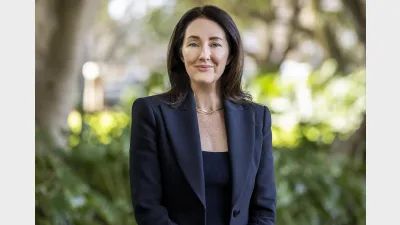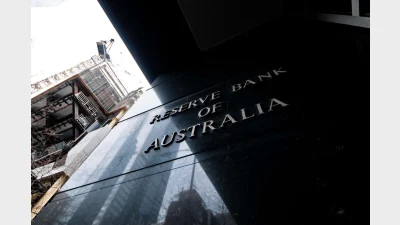The great super balance divide



The gender superannuation gap has been evidenced in recent Savvy research with almost half of men having a balance of more than $100,000 compared to 24% of women.
The survey of over 1,000 adults found 44% of men had a super balance of more than $100,000, 16% had a balance of over $200,000 and 7% had more than $400,000.
This compared to 24%, 9% and 4% of women for the same balances respectively.
Almost half of women had less than $50,000 in their super accounts.
The national gender pay gap was 14% with women in Australia earning $263.90 less than men which was having a knock-on effect of reducing their super as well as their salary.
Over half (57%) of people said they were not making any additional contributions to their super. For those who opted to make extra contributions, 15% added an extra 1%-5% of their income while 8% contributed 6%-10%.
There was also a lack of confidence in securing a comfortable retirement with 52% of people aged 45-54 and 40% aged 55-64 feeling unconfident or not confident at all that they would have enough to retire with at 65.
Youthful optimism reigned, however, with only a quarter saying they did not feel confident in achieving a comfortable retirement.
Savvy said more needed to be done to educate people on how they could grow their super to achieve a comfortable retirement.
Recommended for you
The peak industry body has welcomed new legislation reforming super advertising and onboarding, stating the changes built on recent Payday Super measures.
Funds are facing criticism after a new analysis found $33 billion is invested by super funds in companies expanding coal, oil and gas globally.
There is “no chance” of a cut by the Reserve Bank of Australia next week, according to UniSuper’s head of fixed interest David Colosimo.
State Super has begun its partnership with Frontier Advisors, transferring investment staff and taking a major equity stake to support long-term capability.










